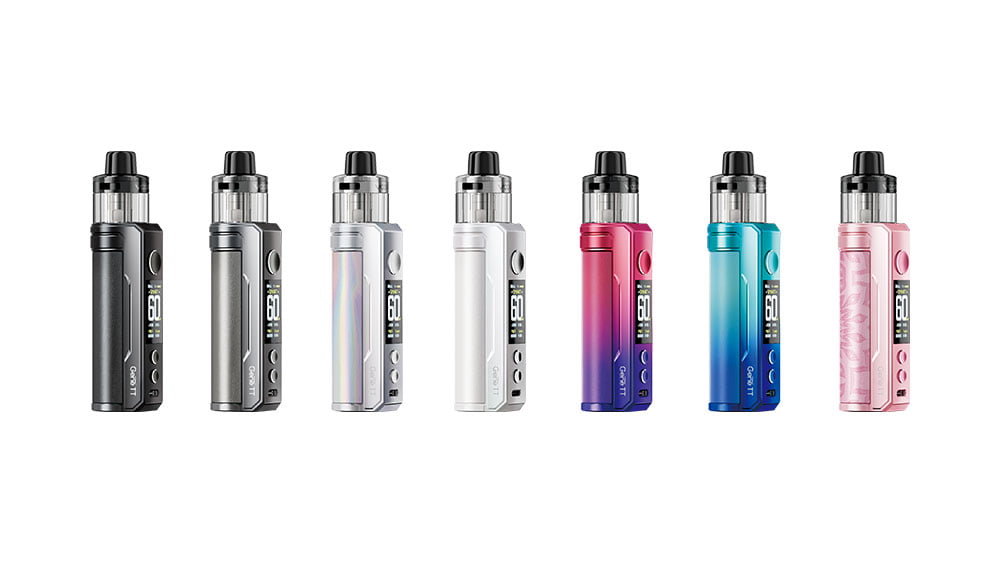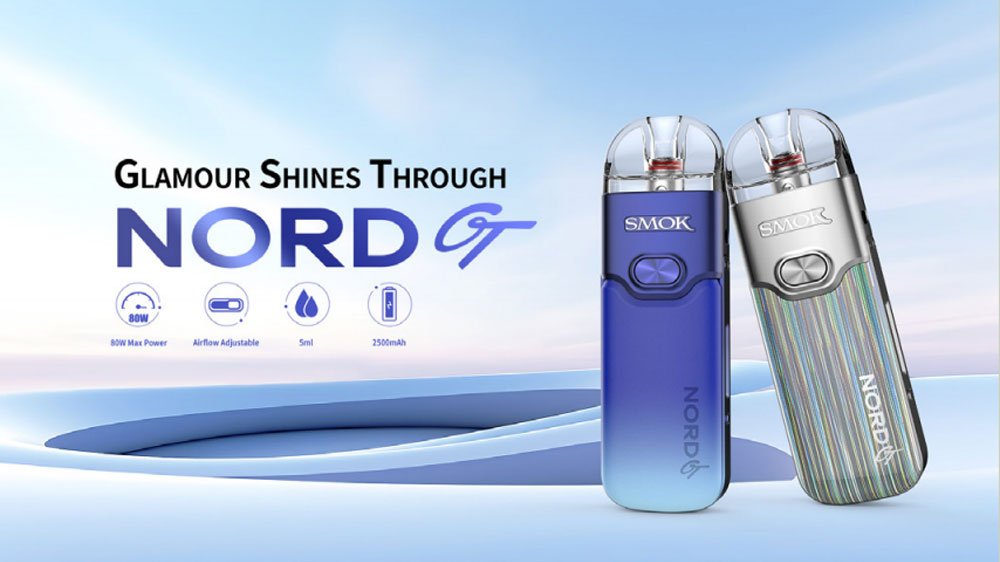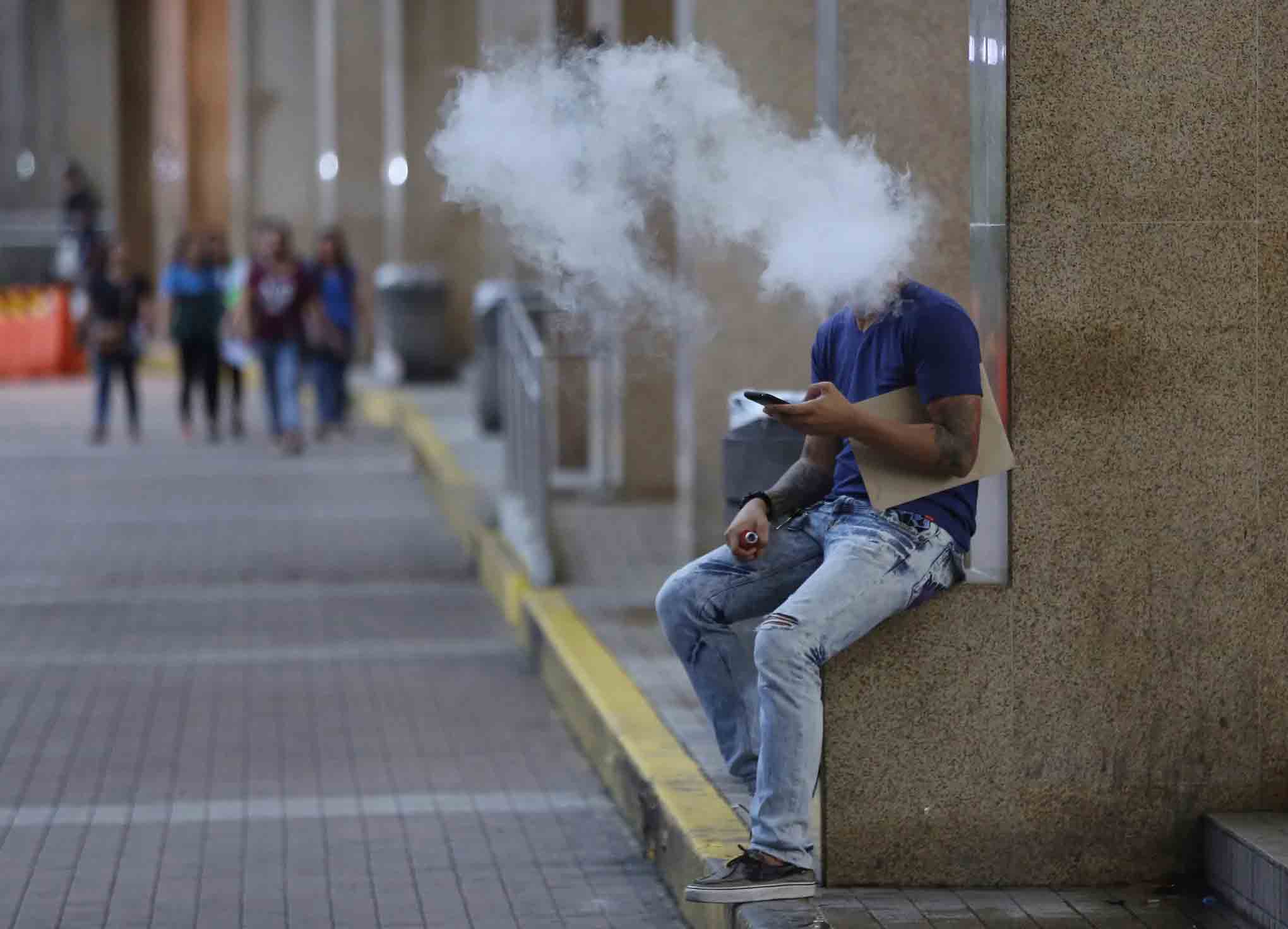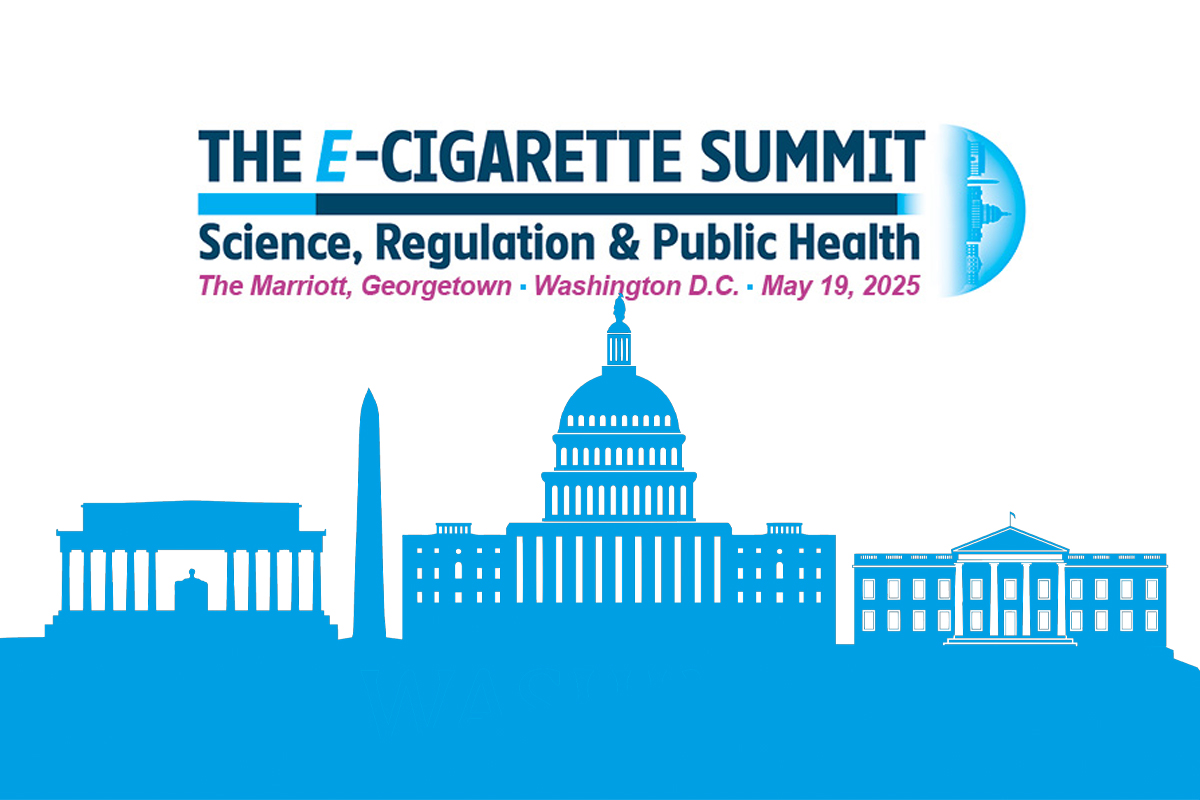U.S. teen e-cigarette use declined in the 2023 National Youth Tobacco Survey (NYTS), down 61.5% since its 2019 peak. This survey of online U.S. middle and high school students reveals the changing landscape of youth tobacco consumption and the impact of public health and regulatory efforts.
A Comprehensive Nationwide Survey
NYTS employed a rigorous stratified, three-stage cluster sampling procedure to generate a nationally representative sample of U.S. students attending public or private middle schools (grades 6–8) and high schools (grades 9–12). In 2023, data collection spanned from March 9 to June 16, with 22,069 students from 179 schools participating. The survey achieved an overall response rate of 30.5%.
Notable Findings:
- Decline in High School Student Tobacco Use: The survey reveals a remarkable reduction in the current use of tobacco products by U.S. high school students, estimated to decrease by 540,000 individuals. The number dropped from 2.51 million in 2022 to 1.97 million in 2023. However, there was no statistically significant change among middle school students.
- Youth Tobacco Usage Statistics: In 2023, approximately 22.2% of both middle and high school students (equivalent to 6.21 million students) reported having ever used tobacco products. Concurrently, 10.0% of students (representing 2.8 million people) reported current use of tobacco products.
Tobacco Product Usage by Demographics:
- Current use of any tobacco product was more prevalent among women (11.2%) compared to men (8.9%).
- Non-Hispanic multiracial students had the highest current tobacco product usage (12.6%), followed by Hispanic students (11.7%).
- Current tobacco product use was reported by 9.5% of non-Hispanic White students, 9.3% of non-Hispanic Black or African American students, and 8.0% of non-Hispanic American Indian or Alaska Native students.
Types of Tobacco Products Used:
- E-cigarettes were the most commonly used tobacco product among all students, with 7.7% reporting usage.
- Additional tobacco products currently used include cigarettes (1.6%), cigars (1.6%), nicotine pouches (1.5%), smokeless tobacco (1.2%), other oral nicotine products (1.2%), hookah (1.1%), heated tobacco products (1.0%), and cut tobacco (0.5%).
- Among students who reported current e-cigarette use, 46.7% stated they used e-cigarettes regularly.
Vape Usage Characteristics:
- Among students with current e-cigarette use, 25.2% reported daily e-cigarette use.
- A total of 34.7% of current e-cigarette users reported using e-cigarettes regularly, defined as using them on at least 20 days in the past 30 days.
- Disposable e-cigarettes were the most commonly reported device type (60.7%), followed by prefilled or refillable cartridges or cartridges (16.1%), and tank or modular systems (which allow users to customize the content of the substance in the device). Modify equipment (5.9 %).
- Among students who currently use Vape, Elf Bar is the most frequently mentioned brand (56.7%), followed by Esco Bars (21.6%), Vuse (20.7%), JUUL (16.5%) and Mr. Fog (13.6%).
Flavor Preference:
- 89.4% of students with current e-cigarette use reported using flavored products in the past 30 days.
- The most commonly cited e-cigarette flavors were fruit-flavored (63.4%) and candy-flavored (35.0%).
- Among students using disposable e-cigarettes, fruit (70.5%) and candy (39.8%) were the predominant flavor categories.
Trends Over Time:
From 2022 to 2023, high school students experienced statistically significant declines in the current use of any tobacco product, e-cigarettes, cigars, and any combustible tobacco product.
Factors Contributing to the Decline in E-Cigarette Use Among Teens:
The significant reduction in e-cigarette use among high school students since 2022 can be attributed to several factors:
Federal Regulations:
a. Minimum Age: The federal “Tobacco 21” law raised the minimum age for purchasing and using tobacco and vapor products, including e-cigarettes, to 21, as of December 2019.
b. Marketing and Promotion: The FDA has introduced regulations to limit the marketing and advertising of e-cigarettes, especially when targeting minors. This includes restrictions on flavored e-cigarette products and related marketing practices.
c. Pre-Market Authorization: E-cigarette manufacturers must seek pre-market authorization from the FDA for new tobacco products introduced after August 8, 2016. This process necessitates demonstrating a product’s suitability for protecting public health.
State and Local Regulations:
Individual states have the authority to regulate e-cigarettes and vaping products, and many have enacted their own policies, including:
Flavor Bans: Some states and local jurisdictions have enforced bans on flavored e-cigarettes and vaping products to reduce their appeal to young people.
Vaping Taxes: Several states have imposed excise taxes on vaping products, akin to traditional tobacco product taxes.
Retailer Licensing: Many states and local governments require retailers selling e-cigarettes and vaping products to obtain a special license.
Product Safety and Labeling: Manufacturers and sellers of e-cigarettes must comply with safety and labeling requirements, with regulatory actions taken for
Tobacco Product Use Among U.S. Middle and High School Students — National Youth Tobacco Survey, 2023








